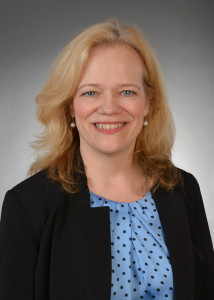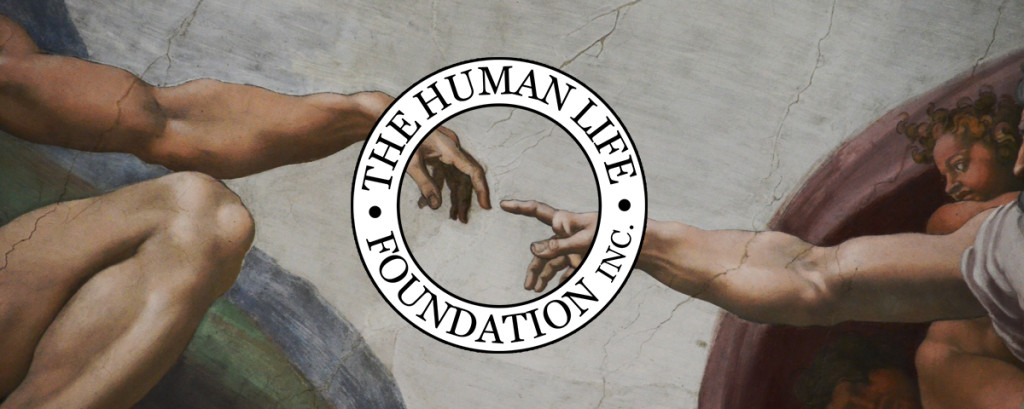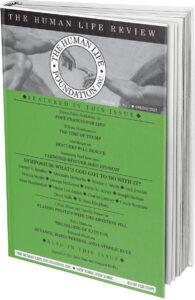A “Symphony of Two Hearts”
This past Sunday, March 21, was World Down Syndrome Day, celebrated widely on social media, even with a new original song from celebrity Sting.
My thoughts turned to the scientist and physician who discovered the genetic cause of Down syndrome, Dr. Jérôme Lejeune, a heroic defender of all human life. Lejeune’s 1959 discovery that Down syndrome was caused by an extra trisomy 21 chromosome was groundbreaking, and he hoped it would lead to cures. Sadly, he also foresaw it would be used for harm. As author Donald DeMarco describes in his book Apostles of the Culture of Life:
“This discovery was the first time that a defect in intellectual development was shown to be traced to a chromosomal abnormality. It was a major breakthrough and opened the door to the discoveries of monosomy 9, trisomy 13, and other links between a genetic disorder and a physiological aberration. Perhaps cures could be on the horizon. Lejeune made the comment in the medical journal Lancet that curing children of Down syndrome may not be far away ‘if only the disease is attacked, not the babies.'”
Of course we know that the babies were and are indeed targeted—the great majority of Down syndrome children never make it out of the womb. Dr. Lejeune was also attacked for protesting the “madness” of “trying to defeat a disease by eliminating a patient!” Clara Lejeune-Gaymard, one of Dr. Lejeune’s children, published a biography of him, Life Is a Blessing, where she recounts such instances, from graffiti on the medical school walls (“Kill Lejeune!” “Lejeune and his little monsters must die!”) to sometimes violent disruptions of his lectures to trumped-up financial investigations. His promising research was belittled:
“A precursor, “ Clara writes, “he was when he claimed that autism is not a psychiatric illness due to the mother’ s bad conduct, but that it, too, probably has an organic cause. A precursor he was also when he understood the essential role that folic acid plays in the development of little children. . . . His scientific colleagues sneered ‘your studies of folic acid lead nowhere. You are making a big mistake.’ It is true that meanwhile he had taken a stance against abortion and that everything he did from then on would be criticized in advance.”
Despite the opposition he encountered, and in spite of his long hours as a researcher and a doctor (caring especially for children with Down syndrome) Lejeune also worked tirelessly for the defense of life, testifying often around the world as an expert witness on the science of conception and fertilization.
In the Human Life Review‘s online archives (available with a digital subscription) you can read several of Lejeune’s testimonies, including his beautiful description of “Tom Thumb,” the tiniest of human beings (Summer 2009, Appendix E):
“Each of us has been a Tom Thumb in the womb of the mother, in this curious shelter, in which only some red light, dim light comes in, in which there is very curious noise, one loud, and strong, and deep hammering which is the heart of the mother and which bangs around a decemberate of a counter bass. And the other is very rapid, like the maracas. And it will come from the heart of this tiny human being. And those two rhythms which we can now detect with hydrophones are typical of the most primitive music any human ear has ever heard, which is the symphony of two hearts; the mother one like the counter bass, 60 times per minute, and the baby one like maracas like 150 per minute: 140 if it is a boy, 160 if it is a girl. . . . This symphony by two hearts is what defines the true story of Tom Thumb.”
Clara remembers a time when her father was at the United Nations, in a “debate,” where those present were all advocating for abortion. He took to the podium: “Here we have an institute for health that is turning into an institute for death.” Later he wrote to his wife, “This afternoon I lost my Nobel Prize.”
And yet he is to gain his deserved prize in heaven! On January 21 of this year, Pope Francis recognized Lejeune’s heroic virtue, opening the cause for his beatification and canonization. He is now the Venerable Jérôme Lejeune.
For more information on Lejeune and the exciting initiatives in research, medicine and advocacy in his honor, visit https://lejeunefoundation.org/.



 is the Editor in Chief of the Human Life Review
is the Editor in Chief of the Human Life Review





